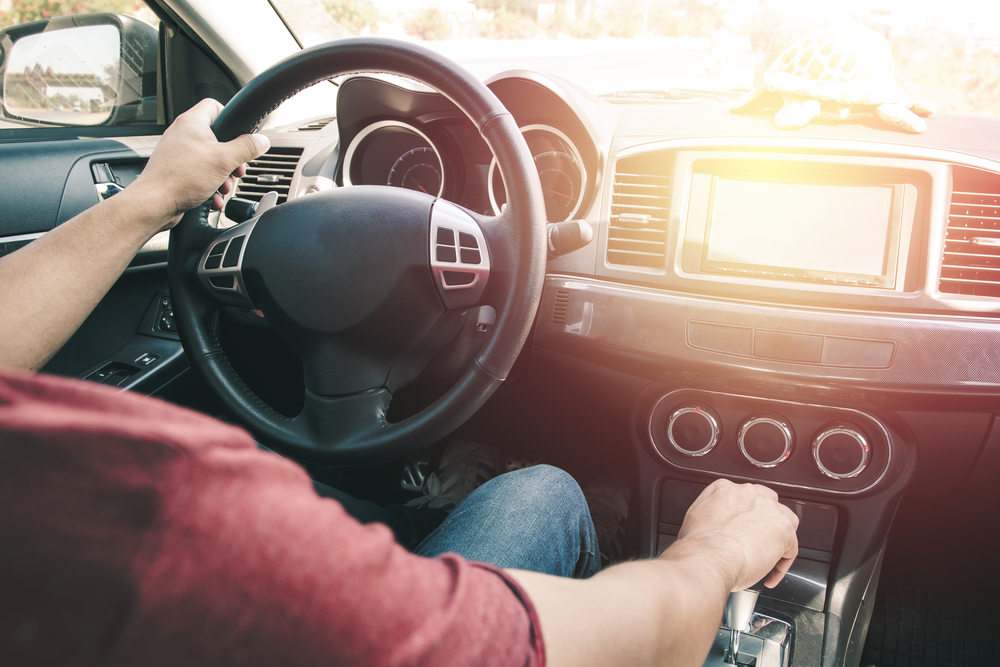
Safe Driving Tips
Saturday, March 25, 2017
Safe driving habits are something we all learn while practicing for our driving tests, but over the years we can lose sight of the importance of driving safely. There are a number of benefits to driving safely- in addition to increasing your safety and the safety of others, you can decrease your car insurance payments and prevent accidents.
Safe driving isn’t just for you personally, but for the others who are on the road with you. Here are a few safe driving tips that will improve your experience on the road.
Increase awareness
A lack of awareness of others and the road in front of you is the cause of many accidents on the road. Safe driving means not only paying attention to your driving and your car, but paying close attention to other drivers on the road to adjust for changes in their behavior.
We all know that you shouldn’t use your phone while driving, but often the convenience of taking a call or sending a quick text overrides our knowledge of safe driving skills. Any moment where your eyes aren’t on your mirrors or on the road in front of you is a moment where a car could swerve into your lane, an animal could run across the road, or a curve could take you by surprise.
- Obey all speed limits and signs, especially in construction and school zones
- Never drive under the influence of alcohol or drugs
- Make yourself visible to others by turning on your headlights when appropriate and always using your turn signals
- Watch for parked cars on the side of the road that may open their doors unexpectedly
- When at a stop light or stop sign, look left, right, and ahead of you before going
Checking your vehicle
Before you get in any car you drive, there are a few things you should check before you get on the road. Always make sure all your lights are working, including reverse lights and blinkers. While you’re inspecting the car, you can also look for any fluid leaks underneath the vehicle that may impact its performance. Check to see if any of your tires seem underinflated.
Before you drive any vehicle, adjust the mirrors to decrease your blind spots. You should also adjust your seat so that you are comfortable and can see out all your mirrors.
- Wear your seat belt
- Take time to check other fluid levels when you’re getting gas
- Leave at least four seconds of space between you and the car in front of you; this is the only space on the road that you have control over.
Road conditions
Safe driving extends to adverse weather conditions, road construction, and other situations that may endanger you and other drivers. If there is snow, wind, rain, ice, or fog, you’ll need to drive very carefully to account for these road and weather conditions. Your vehicle’s braking distance increases as your speed increases, and is influenced by road conditions.
Driving safely isn’t just a matter of your safety, but the safety of everyone else on the road. Make safe driving a habit!
